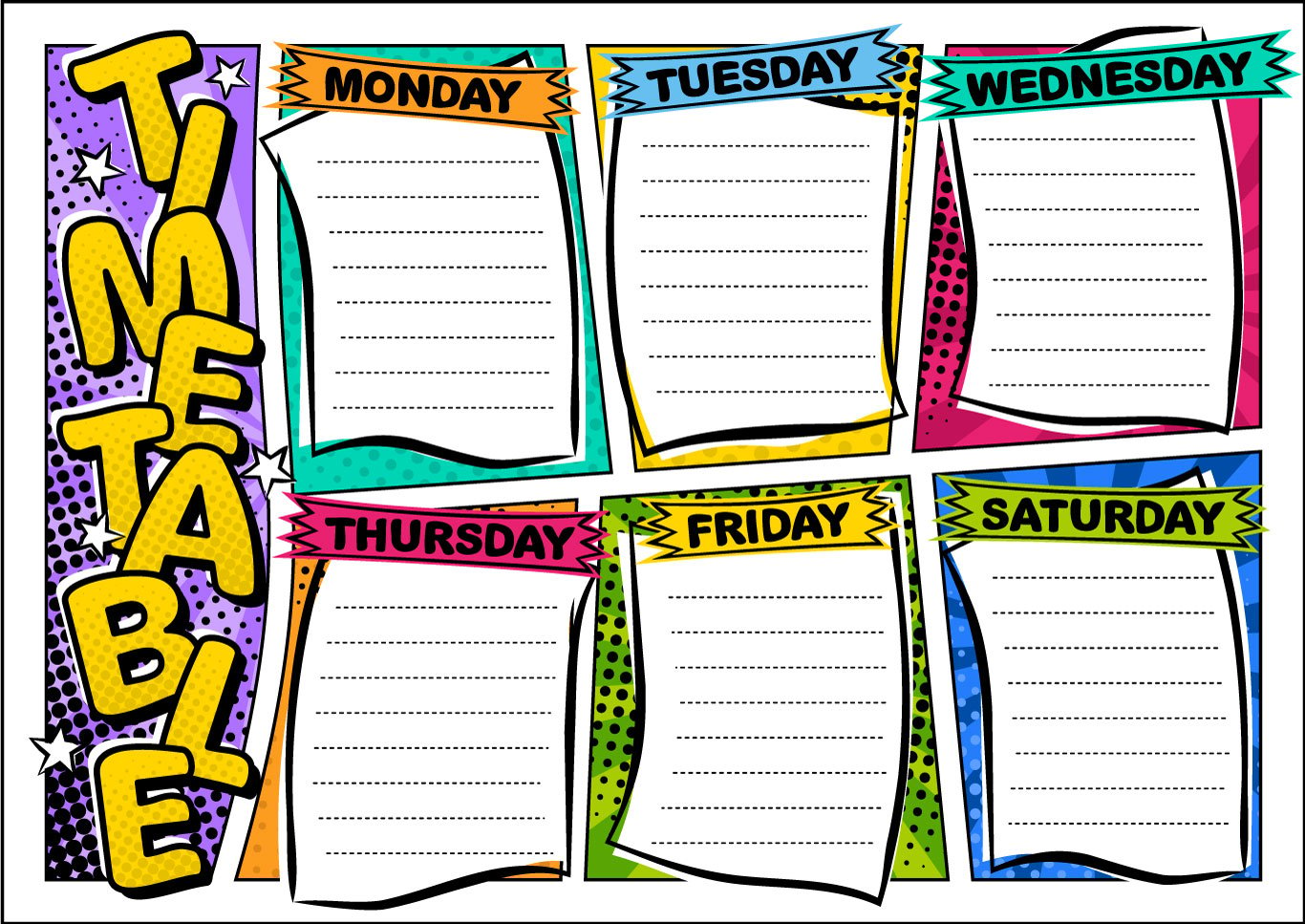Updated 4/11/24
It sounds so easy, homeschooling for elementary students. Then you dive in and realize there’s a lot more to it. So, here are 10 tips to get you off on the right foot.
- Start your year off with a plan. Don’t expect to be able to throw together lessons and scheduling in a few days or even in a few weeks. It can be done in a few weeks, but if this is your first foray into homeschooling, you might want to leave yourself a little bit of a cushion on the time.
- Attend a regional homeschool conference. Talking to curriculum vendors and other homeschoolers can be a great source of information while you’re doing your research and preparation.
- Change your mind, if you want to. Choosing a curriculum or curricula will probably be the hardest thing in the beginning. The great thing about homeschooling, though, is that you’re not stuck with the curriculum you choose. If you don’t like it, change it up for the next year or even modify it during the year. Curricula range from piecemeal, where you choose and purchase every part, to all-in-one curriculum that covers a variety of core subjects and the main thing you have to do is enter your credit card number, push the Buy Now button, and wait for the box to show up.
- Be flexible. If you want to add another subject during the school year, do it. If your student is having trouble understanding something, slow the pace down.
- Play catch up later. That is, unless your state mandates it, you don’t have to keep up with the public school pace of instruction. You’ll find that you might be ahead in some subjects and slightly behind in others. The important thing is to keep teaching and keep learning.
-
Structure your school days. At the elementary age level, classroom management is a big thing. Most kids at that age do better and keep on task better with a structured day. Eventually, they will learn how to manage their time throughout the day, but that is a process that will develop as they become more mature, and it can’t be expected right away.

- Take breaks. Another consideration at the elementary level is to have plenty of breaks and opportunities for your child to get up and move around. Recess, structured and unstructured play, and times for breaks and refocusing (for you and for them) are extremely important. The average attention span of an eight-year-old for one subject is only between 18 and 40 minutes; this is good to remember when you’re planning your day.
- Get help and input from your kids. If your student is old enough to help, he or she can participate in the planning process by suggesting subjects to study as well as rewards and disciplines for behaviors and for on time schoolwork completion. This gives the student some ownership of the day and hopefully helps with full and willing participation in the homeschool learning process.
- Set expectations for behaviors. Unless by some miracle you have the best model student in the world, there will be conflicts and days where they just don’t want to do anything. Make sure you have a system of rewards and disciplines in place for good and poor student behaviors. It helps tremendously to have these set in advance so that your student knows exactly what is going to happen when they do the right thing or do the wrong thing during their school day.
- Have fun! Take an unexpected afternoon off to go play in the fall leaves or take a hike in the woods. A surprise trip to the local ice cream shop will go far in motivating students and help them look forward to homeschool every day. If you have experience homeschooling elementary students, please share other tips and ideas by commenting.
Whatever you do, enjoy spending the extra time with your kids. Keeping lessons engaging using technology and hands-on projects can help your kids stay interested and yearning for more learning. For ideas, browse are catalogs by grade level.

